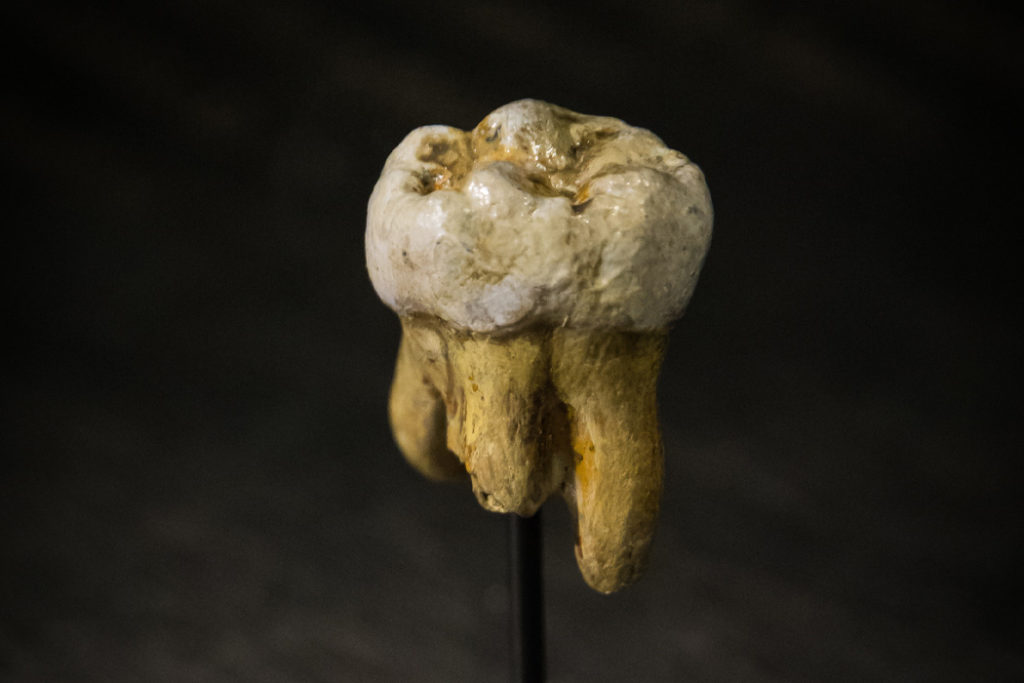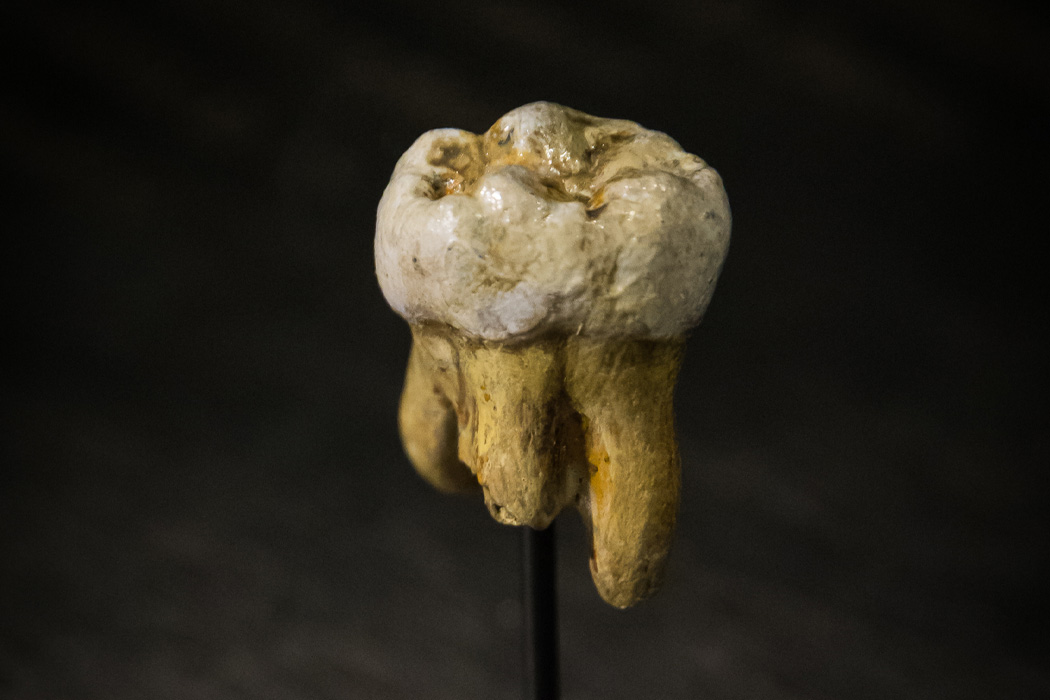If so, this relatively large tooth joins only a handful of fossils from Denisovans, who are known from ancient DNA pegging them as close Neandertal relatives.
Analyses of the tooth’s internal structure and protein makeup indicate that the molar came from a girl in the Homo genus. She died between the ages of 3½ and 8½, paleoanthropologist Fabrice Demeter of the University of Copenhagen and colleagues say.
A Denisovan molar that dates to at least 160,000 years ago was previously found on the Tibetan Plateau. The newly discovered tooth strongly resembles that other molar, indicating that the new find is probably Denisovan too, the team reports on May 17 in Nature Communications. Before the Tibetan Plateau tooth, all known fossils from the mysterious hominids had been found in Siberia.
Estimated ages of sediment and fossil animal bones in Tam Ngu Hao 2, or Cobra Cave, in Laos place the tooth found there between 164,000 and 131,000 years old.

It’s possible that the Cobra Cave tooth represents a Neandertal or someone with Denisovan and Neandertal ancestry, Demeter says. His group hopes to extract DNA from the fossil, which could clarify its evolutionary status.
It now appears that at least five Homo species, including Denisovans, inhabited Southeast Asia between roughly 150,000 and 40,000 years ago, Demeter says. Others include Homo sapiens, Homo erectus, Homo luzonensis and Homo floresiensis, also known as hobbits, he contends.
Still, some researchers regard Denisovans as one of several closely related, ancient Homo populations rather than a distinct species. Whatever evolutionary ID Denisovans actually held, the Cobra Cave tooth adds to suspicions that the hominids inhabited Southeast Asia’s tropical forests as well as Central Asia’s cold mountain ranges and Siberia.
According to sciencenews.org












